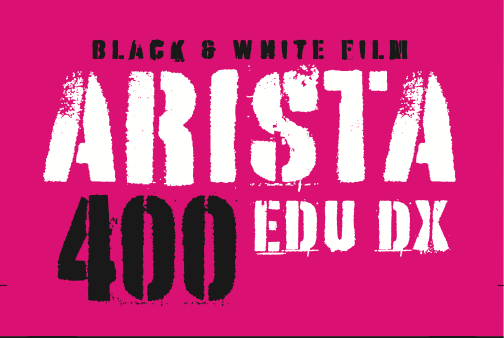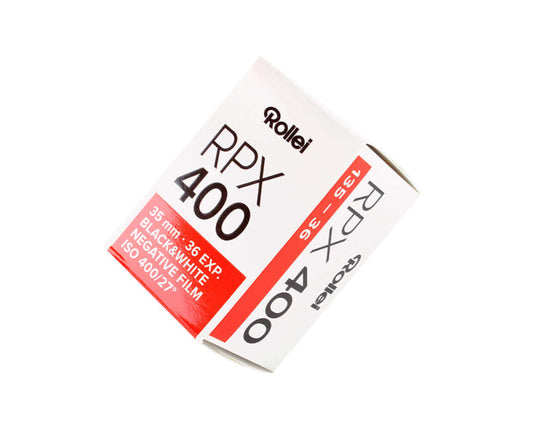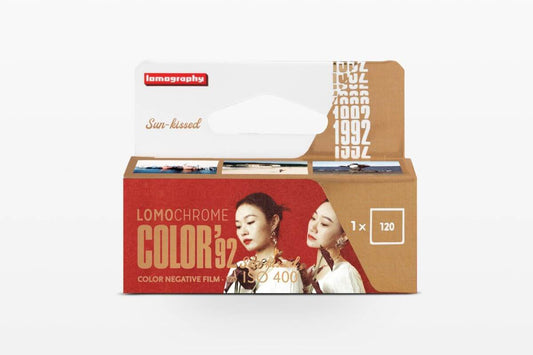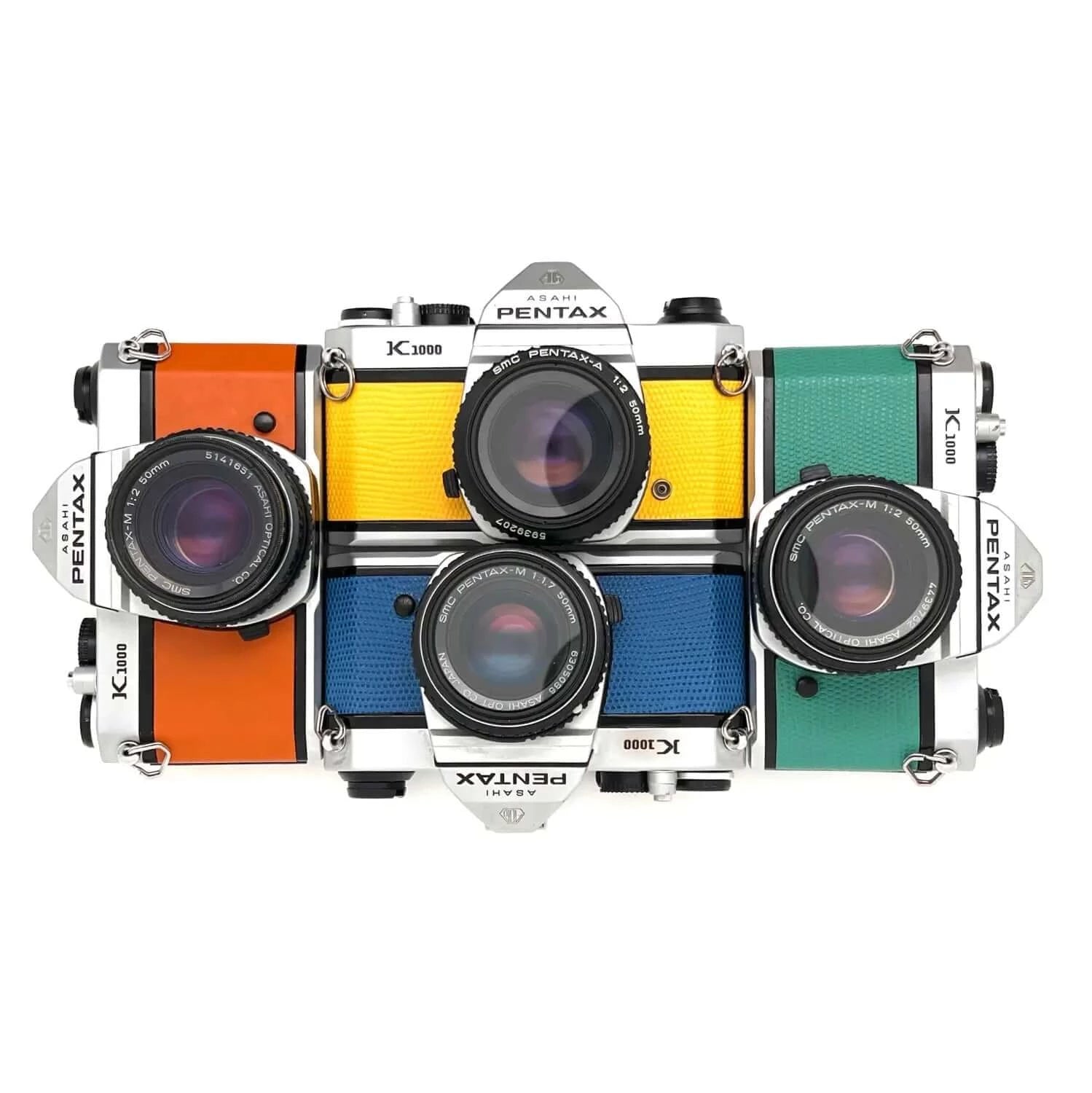Film Photography Blog

Film Photography Revival: Reasons It’s Making a...
Discover why film photography is booming in 2025! From its authentic, soulful aesthetic to Gen Z’s love for vintage vibes, our guide explores 12 reasons behind the analog revival. Learn...
Film Photography Revival: Reasons It’s Making a...
Discover why film photography is booming in 2025! From its authentic, soulful aesthetic to Gen Z’s love for vintage vibes, our guide explores 12 reasons behind the analog revival. Learn...

Analog Film Photography Revival: 2025
The Analog Revival: What to Expect in Film Photography in 2025 The resurgence of analog film photography continues to gain momentum, and 2025 is shaping up to be another exciting...
Analog Film Photography Revival: 2025
The Analog Revival: What to Expect in Film Photography in 2025 The resurgence of analog film photography continues to gain momentum, and 2025 is shaping up to be another exciting...

Arista EDU DX 400 ISO BW 35mm x 36 Exp Film Review
This is part of the Mexico Analog Film Photography Project (MAFPP). The 3rd film we tested is the Arista Black and White 400 DX Film. View this post on Instagram A post shared by ArtByPino...
Arista EDU DX 400 ISO BW 35mm x 36 Exp Film Review
This is part of the Mexico Analog Film Photography Project (MAFPP). The 3rd film we tested is the Arista Black and White 400 DX Film. View this post on Instagram A post shared by ArtByPino...

Rollei RPX 400 Black and White Film Review
This is part of the Mexico Analog Film Photography Project (MAFPP). The 2nd film we tested is the Rollei RPX 400 Black and White film. Note that we can only sell this...
Rollei RPX 400 Black and White Film Review
This is part of the Mexico Analog Film Photography Project (MAFPP). The 2nd film we tested is the Rollei RPX 400 Black and White film. Note that we can only sell this...

Lomography LomoChrome Color ’92 Sun-kissed ISO ...
Buy Introducing the new LomoChrome Color '92 Sun-Kissed ISO 400 film—a vibrant addition to Lomography's range that promises a touch of 90s nostalgia and versatile color shifts under varied lighting....
Lomography LomoChrome Color ’92 Sun-kissed ISO ...
Buy Introducing the new LomoChrome Color '92 Sun-Kissed ISO 400 film—a vibrant addition to Lomography's range that promises a touch of 90s nostalgia and versatile color shifts under varied lighting....

Harman Phoenix 200 35mm and 120 Film Sample Images
Buy HARMAN Phoenix 200 is an innovative, color-negative film designed to bring a bold, analog feel to your images. Known for its high contrast and visible grain, this film has...
Harman Phoenix 200 35mm and 120 Film Sample Images
Buy HARMAN Phoenix 200 is an innovative, color-negative film designed to bring a bold, analog feel to your images. Known for its high contrast and visible grain, this film has...

